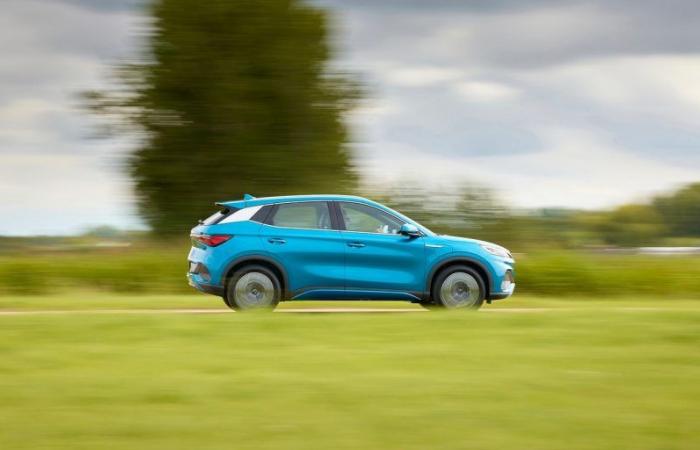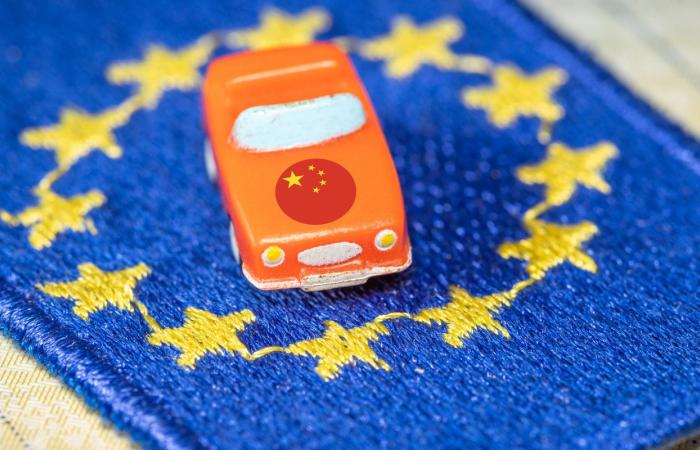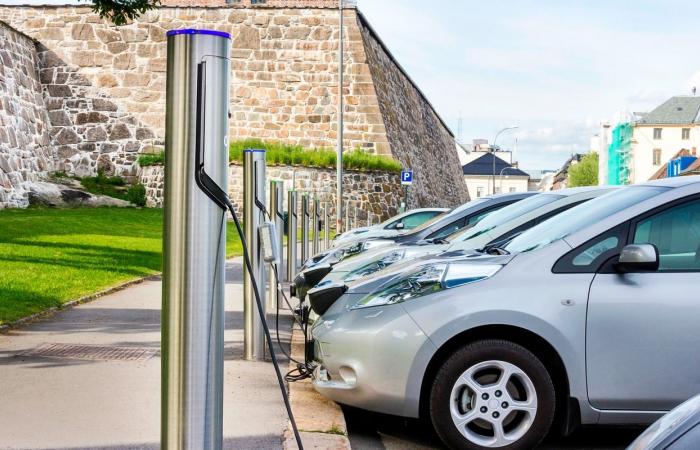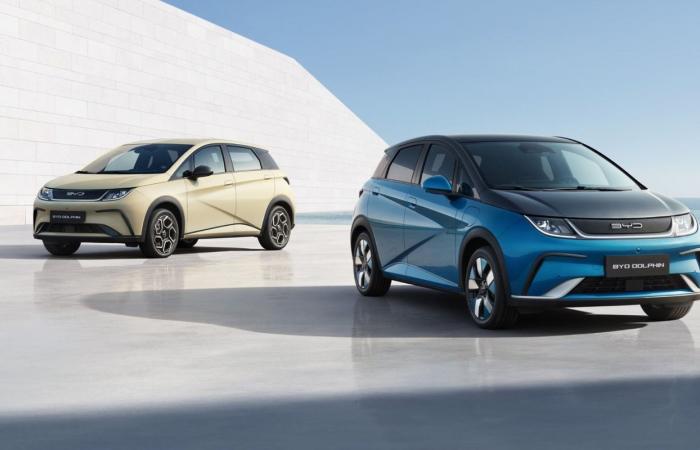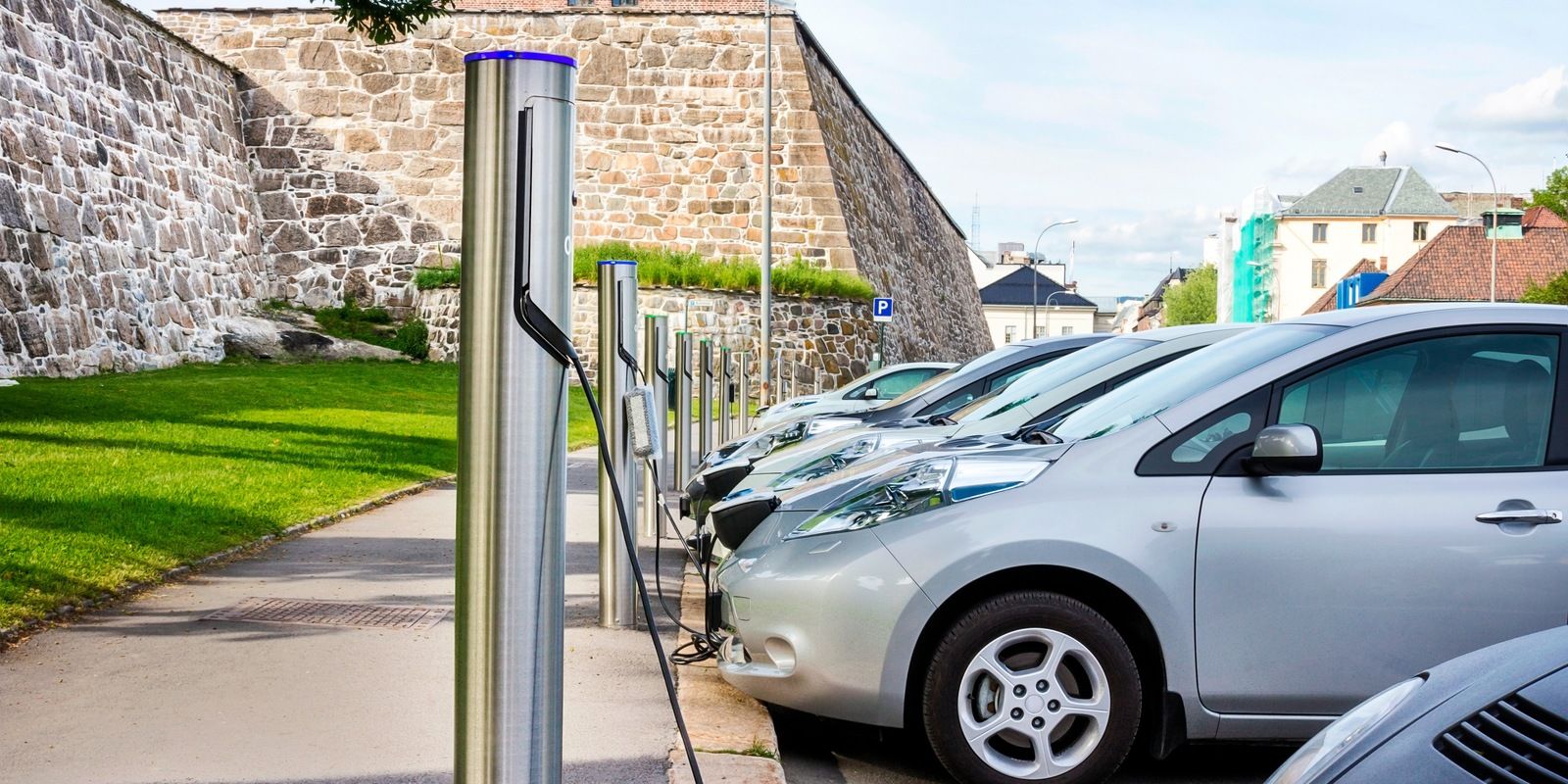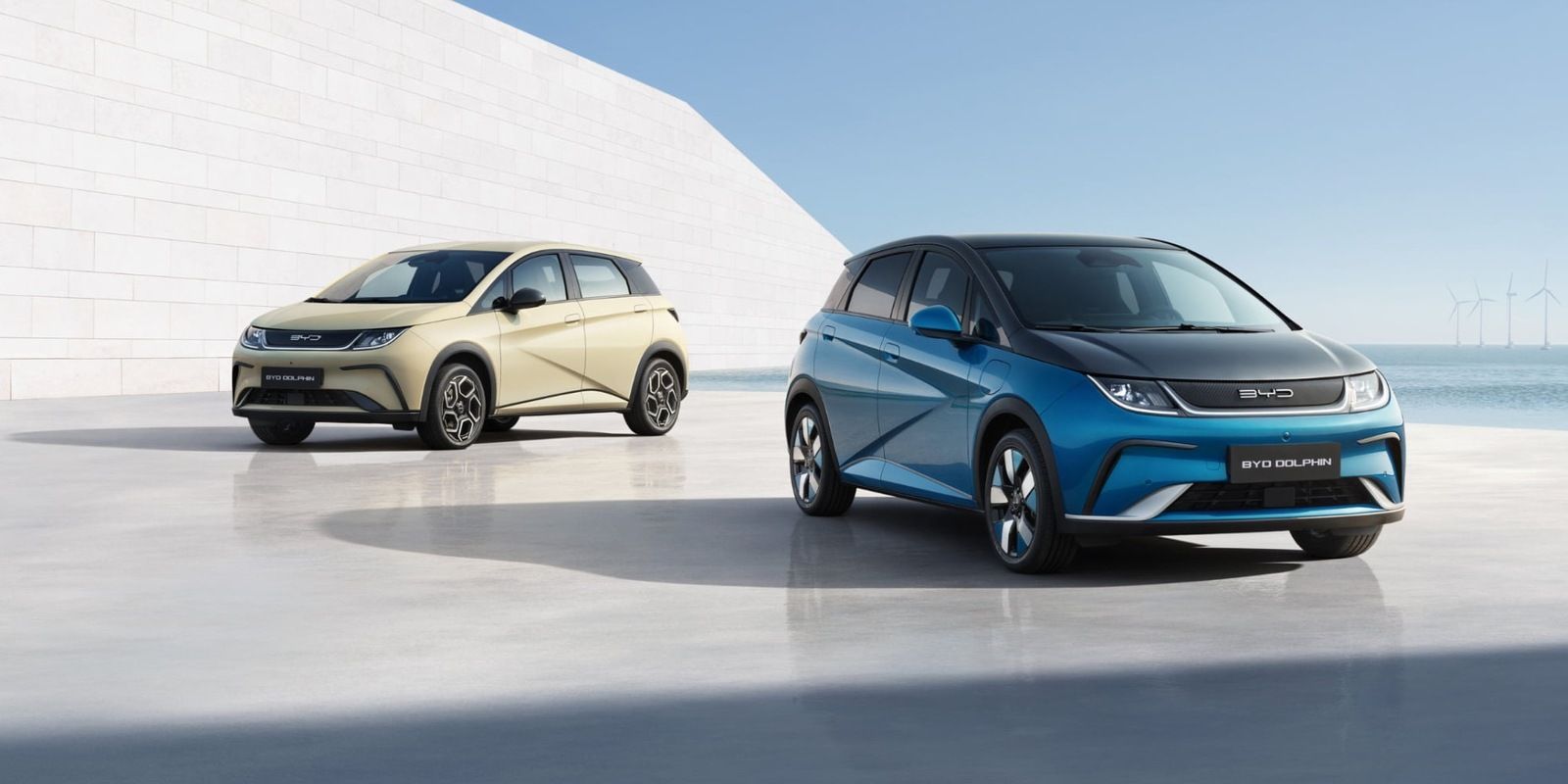There is a common feature in the actions of various governments in the automotive sector, and that is of the fight against the invasion of cars produced in China. The United States, the European Union and Turkey have already taken cover, imposing duties that can reach up to 100% of the value of the vehicle, and Canada seems to want to move in the same direction. It’s easy to understand why: according to analysts at AlixPartners, regardless of the duties, by 2030 one in three new cars sold will be from a Chinese brand. And this will condemn more than a few historic car brands to irrelevance.
“Traditional automakers that plan to continue operating under the principles of business as usual will face more than a rude awakening. Continuing as they are, they are headed for obsolescence.” writes analyst Andrew Bergbaum. “The ongoing revolution in the global automotive industry is driven by the incredible maturation of Chinese automakers” goes on.
Already today 21% of cars sold are from a Chinese brand. In 2030 it will reach 33%
Let’s start with a fact highlighted by AlixPartners: even if we Westerners struggle to realize it, given the poor market penetration, the Chinese revolution is already well underway. Already today, also thanks to the enormous numbers of the domestic market, one car sold in five is of Chinese production. In practice, 21% of new cars sold globally are of a Chinese brand.
This value, according to the analysis company, is inevitably destined to grow in the coming years. By 2030, this will reach 33% and, therefore, one in three new cars will be from a Chinese brand.. And if we exclude the huge domestic market, Chinese brand car sales will still increase from the current 3% to 13% in less than six years.
A visible hegemony, already today, in the important export sector. After years of domination, Japan has abdicated its role as the world’s largest car exporter. In favor, of course, of China. In a few years, the Asian nation has surpassed Germany and Japan, approaching three million cars exported per year.
Chinese manufacturers are technologically ahead, even when it comes to quality.
AlixPartners also provides its own interpretation of why the auto sector will increasingly speak Chinese. On the one hand, we have technological innovation, with Chinese companies capable of intercepting the revolution dictated by the transition to electric cars earlier and more forcefully. It can be said that Chinese car manufacturers, heavily subsidized by the government, have been investing in electric technology for a decade now, and this puts them at a clear advantage over Western manufacturers.
The second point in favor is related to labor and vertical integration. Beyond any ethical and political judgment, Chinese labor costs very little compared to Western labor. And every Chinese company aims to produce as many components as possible in-house.avoiding the use of external suppliers. This is vertical integration, a characteristic in which BYD in particular excels.
According to the estimates of the consulting firm, the combination of cheap labor and exaggerated vertical integration translates into an economic advantage in terms of cost of 35%. Therefore, with the same characteristics, an electric car produced in China costs 35% less than an electric car produced in the West.
Third strong point, the steps forward in terms of quality. In common language, we are used to using the term Chinese to indicate a product of very low quality coming from the East. In the automotive sector, however, this is not the case. AlixPartners praises Chinese manufacturers, speaking of construction quality now at the level of Western brands. And underlining, indeed, how Chinese manufacturers are more advanced in terms of technology and interior design.
Finally, Chinese manufacturers are very fast in updating their cars. Compared to Western brands, which usually offer a restyling of the car after three years and a new model after six years, the average of Chinese manufacturers is just 18 months for a restyling. The same goes for software updates, which are much faster and more continuous.

